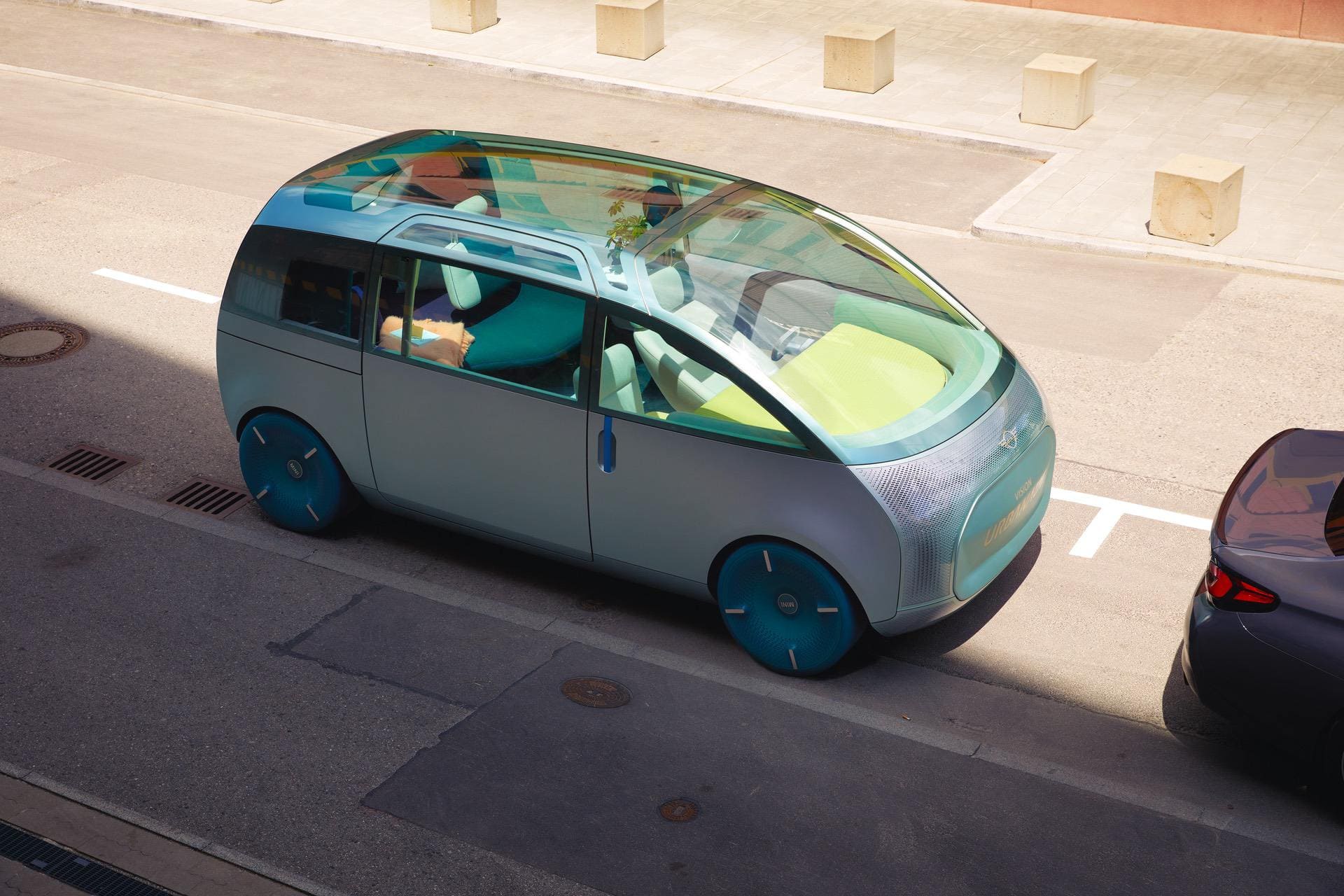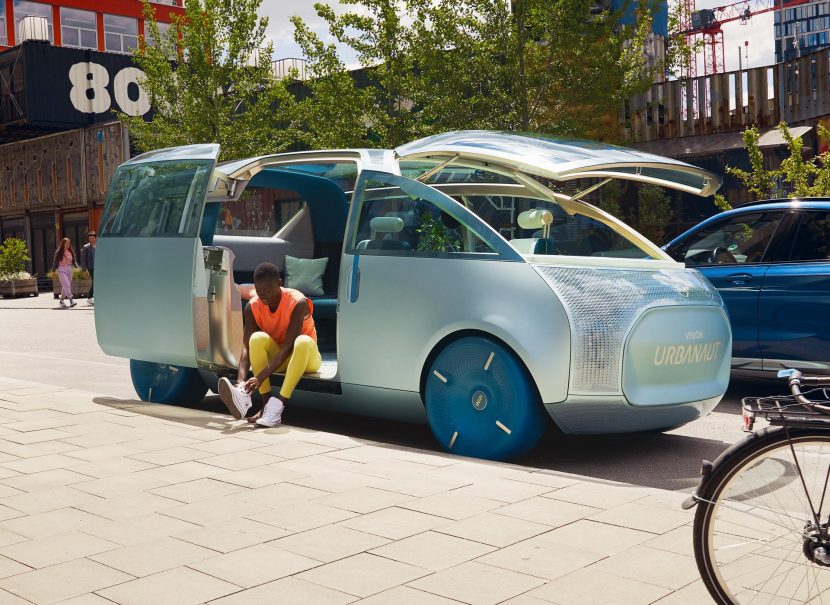The MINI brand faces a very deep change in the future. Apart from becoming an all-electric arm of the BMW Group, the cars themselves will have a different look, different interiors and will basically change overall. That could lead to very strong opinions about it as we, as humans, are very reluctant to change. Nevertheless, it’s better to try out new things than to die out while remaining stale over a long period of time.
Speaking to Autocar, MINI’s current design boss, Oliver Heimler, offered some insight into what the company is preparing. On the one hand, certain models will remain faithful to the old design and the familiar shapes we’re used to. This will most likely include the three-door MINI, which is an icon. For the future model, the new design will feel like more of an evolution rather than a ‘revolution’. Other models, however, will not be following the same direction.
MINI is working on its future line-up as we speak and that will include a variety of models. The range is not expected to grow too much. According to Heimler, about four or five models will be available with the winged badge on the hood but apart from the three-door hatch, their designs will be different than what we knew so far. One example in this regard is the MINI Urbanaut concept, which has nothing to do with the familiar MINI looks and yet could be used as an inspiration for other, new models.
“Yes, you go even more radical. Just look at the Urbanaut,” said Heilmer in an interview with Autocar. “The closer you get to the original icon, the less revolutionary you become. The Urbanaut is the furthest away from the original hatch, but we can extend the brand more the further away we go from the original car.” The design, however, won’t be the only thing that will change.
MINI will also try to revamp its interiors, not just by making them look different, but also by implementing and using new materials, replacing leather for its high CO2 impact. “Customers wouldn’t expect less premium,” said Heilmer, “but premium is changing. It’s not any more about adding more and more elements. For the next-generation car, we looked at the beginning of Mini to see if there were any elements on it simply because they [the design team] wanted them. Any decoration? They didn’t. So let’s try to reduce again and focus on what’s necessary, but not too practical and without emotion. We will bring in warmth again with colors and fabrics. When you have fewer elements, it’s more important that the fabrics have warmth to compensate.”






































































